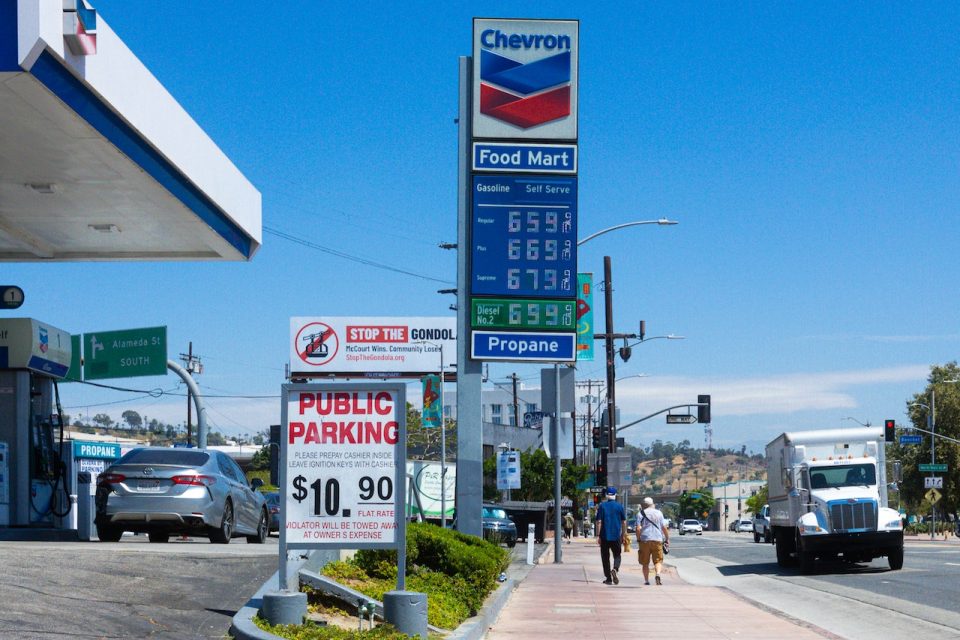Chevron grapples with a labor standoff at its pivotal liquefied natural gas (LNG) sites in Australia, as talks between the company and union workers falter. Members of the Offshore Alliance union initiated a partial strike at Chevron’s Gorgon and Wheatstone facilities, commencing at 1 p.m. Perth time on Friday.
In the wake of the strike, the spot LNG market in Asia experienced a modest upswing, while benchmark gas futures in Europe surged by up to 13%. Concerns over potential supply disruptions have spurred a spike in energy prices, particularly in the northern hemisphere’s peak winter demand period.
Union members are poised to halt operations entirely for a duration of two weeks, commencing September 14. This escalation compounds the discord within Chevron’s workforce, as divisions persist on several critical issues.
Osaka Gas Co., with a stake in Gorgon, and Tokyo Gas Co. have voiced apprehensions regarding potential disruptions to their LNG supply. Tohoku Electric Power Company affirmed its commitment to take any requisite steps to ensure procurement plans remain secure for the interim.
The facilities of Chevron in Australia constitute a linchpin in the global LNG supply chain, with Japan emerging as the primary purchaser of the commodity from these installations. Europe, still reeling from last year’s energy crisis, is especially susceptible to supply reductions. Although the immediate repercussions of the strike might not be immediate, the possibility of a disruption could intensify competition for cargoes within the region.
Notwithstanding Friday’s surge, gas prices persistently hover below pre-crisis levels, with Europe’s gas storage facilities nearing full capacity. The ramifications of these strikes could reverberate widely across the global energy landscape, underscoring the region’s vulnerability to a substantial rupture in the supply chain. The impact on future energy prices remains uncertain, leaving a looming question of whether a resolution can be achieved in a timely manner.
Source: Bloomberg

